Retro Replay Review
Gameplay
Oz: The Magical Adventure – Interactive Storybook places a gentle emphasis on exploration and discovery rather than fast-paced action. From the moment children launch the program, they’re invited to select between reading on their own or listening to a friendly narrator guiding them through each sentence. This dual-mode setup caters to a range of early readers: those just learning phonics can hear each word pronounced, while more confident readers can tackle sentences at their own pace. The three tiers of difficulty—though all roughly aligned with first-grade reading levels—adjust the length and complexity of sentences, subtly scaffolding a child’s progress as they return to the story over multiple sessions.
(HEY YOU!! We hope you enjoy! We try not to run ads. So basically, this is a very expensive hobby running this site. Please consider joining us for updates, forums, and more. Network w/ us to make some cash or friends while retro gaming, and you can win some free retro games for posting. Okay, carry on 👍)
Interactivity in this title comes from clickable “hotspots” embedded within each illustrated scene. Rather than presenting a game-within-a-game, Oz rewards curiosity by animating objects when clicked: a weather vane springs to life, birds flutter across the sky, and rustling trees respond to a gentle click. These micro-interactions serve a dual purpose: they reinforce cause-and-effect awareness while keeping young readers engaged through playful visual feedback. Though the rewards are simple, they offer an immediate sense of achievement that encourages children to explore every corner of each page.
Beyond reading and hotspot exploration, Oz offers printable extras—stickers, invitations, lined writing paper, and coloring pages—that extend the experience into the real world. Parents and teachers will appreciate having physical takeaways that reinforce reading comprehension and fine motor skills. By integrating on-screen and off-screen activities, the software bridges digital entertainment and hands-on learning, making it a versatile tool for home and classroom environments.
Graphics
Visually, Oz: The Magical Adventure – Interactive Storybook draws heavily from its predecessor, preserving the warm, storybook aesthetic of the original title. The backgrounds are richly detailed, capturing the vibrant hues of Emerald City or the dusty paths of the Yellow Brick Road. Characters retain their classic designs—Dorothy’s blue gingham dress, the Scarecrow’s straw-stuffed joints, the Tin Man’s metallic sheen—but are scaled and simplified just enough for clarity on each interactive page.
Animation is used sparingly yet effectively. Rather than full-cutscene sequences, each scene features subtle motions: a gentle breeze rustling leaves, clouds drifting lazily overhead, or the Winkie Guards marching in unison. These small flourishes inject life into static illustrations without overwhelming early readers with too much visual stimulus. The hotspots themselves glow or pulse slightly when the cursor hovers over them, providing intuitive visual cues that guide children toward interactive elements.
Sound design complements the graphics with cheerful background music and simple sound effects triggered by each hotspot. A creaking weather vane, a chirping bird, or a clinking metal tone when clicking the Tin Man’s joints all reinforce the connection between action and response. While the program doesn’t feature voice acting beyond the narrator’s readings, the combination of color, movement, and audio creates an inviting atmosphere that draws young players into Baum’s magical world.
Story
Oz: The Magical Adventure – Interactive Storybook presents an abridged retelling of L. Frank Baum’s timeless classic, tailored to suit early readers’ comprehension levels. Major plot beats—Dorothy’s arrival in Munchkinland, her encounter with the Scarecrow and Tin Man, the Emerald City audience, and the showdown with the Wicked Witch—are all covered in concise, age-appropriate sentences. The pacing is deliberate, allowing children to digest each segment before moving on to the next, and the branching difficulty levels ensure the same narrative can be revisited as reading skills advance.
Though the text is streamlined, the essence of the original story shines through. Key character traits—Dorothy’s kindness, the Cowardly Lion’s quest for courage, and the Tin Man’s longing for a heart—are clearly communicated, providing emotional resonance without overwhelming young readers. The narrator’s warm, expressive tone adds personality to each line, subtly reinforcing language patterns and pronunciation. This helps novice readers internalize word rhythms and sentence structures while staying captivated by the story’s magic.
Interactive annotations—pop-up definitions, simple comprehension questions, or pronunciation tips—are not present in this version, but the software’s design places hotspots in contextually meaningful spots. For instance, clicking on the Tin Man might prompt a brief description of what he’s made of, or selecting the Scarecrow could highlight a descriptive adjective. These small language-building moments are woven seamlessly into the narrative, encouraging incidental vocabulary growth without resorting to overt “quiz mode” interruptions.
Overall Experience
Oz: The Magical Adventure – Interactive Storybook excels as a gentle educational tool wrapped in a beloved fairy-tale package. Its intuitive interface and flexible reading modes make it accessible to a wide age range—anywhere from emergent readers needing auditory support to more confident first-graders looking for self-paced practice. The interactive hotspots and printable extras foster both digital and off-screen engagement, ensuring that children remain invested in the story beyond the confines of the computer.
Parents, caregivers, and educators will appreciate the program’s low–stress approach to literacy. Rather than gamifying reading with timers or “lives,” the software rewards exploration and curiosity, allowing children to set their own pace. The lack of high-stakes challenges helps maintain a positive reading experience, which is especially important for early learners who may grow anxious under pressure. Printing invitations and coloring pages also invites group activities—ideal for classrooms or co-op parent groups.
While seasoned gamers may find the interactivity modest, this title doesn’t aim to compete with mainstream entertainment software. Instead, it focuses squarely on fostering reading confidence and maintaining young imaginations. By blending timeless storytelling with gentle interactivity, Oz: The Magical Adventure – Interactive Storybook succeeds as both an engaging digital storybook and a supportive literacy aid, making it a valuable addition to any early reading toolkit.
 Retro Replay Retro Replay gaming reviews, news, emulation, geek stuff and more!
Retro Replay Retro Replay gaming reviews, news, emulation, geek stuff and more!
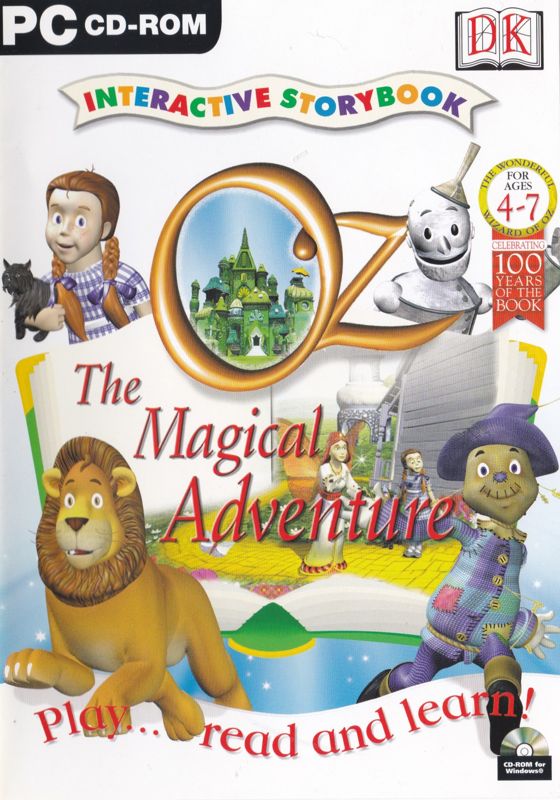

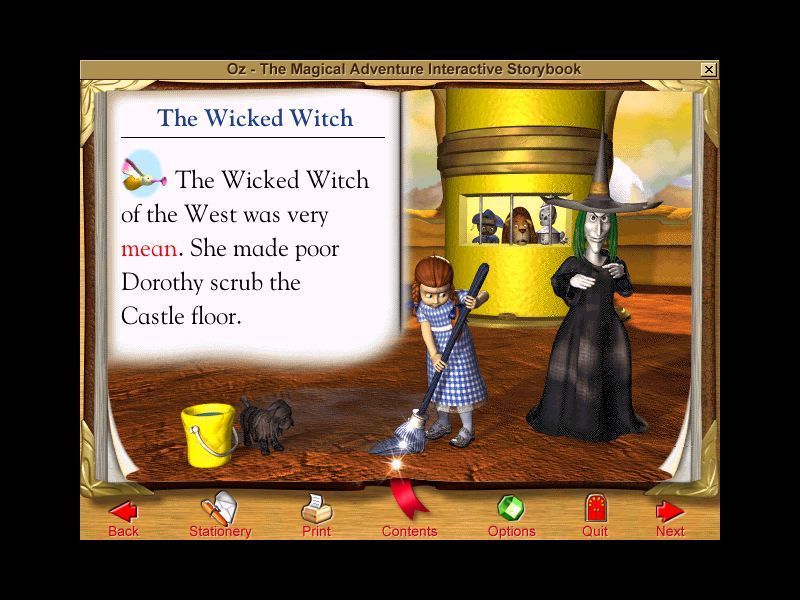
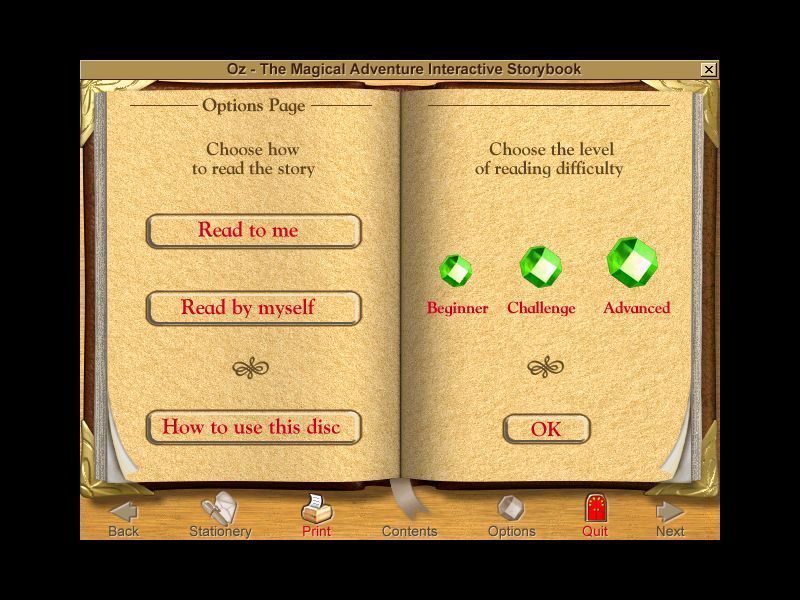
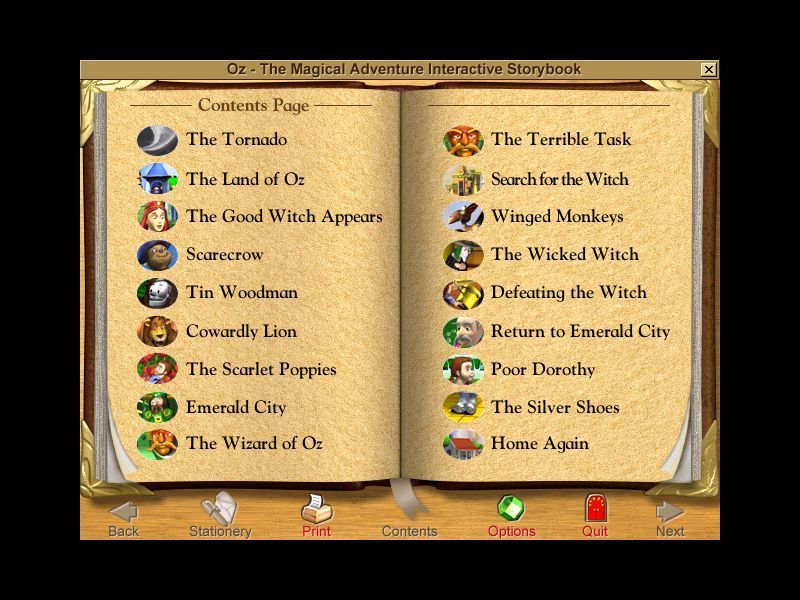
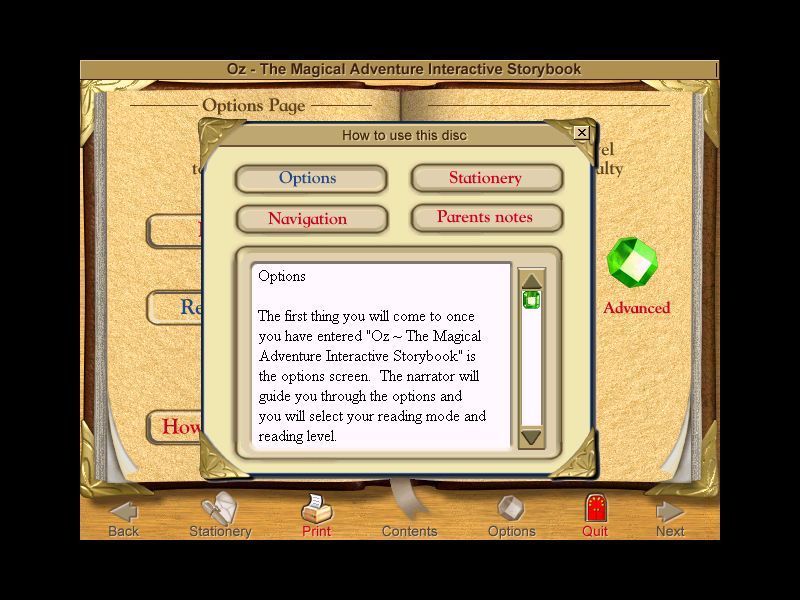



Reviews
There are no reviews yet.